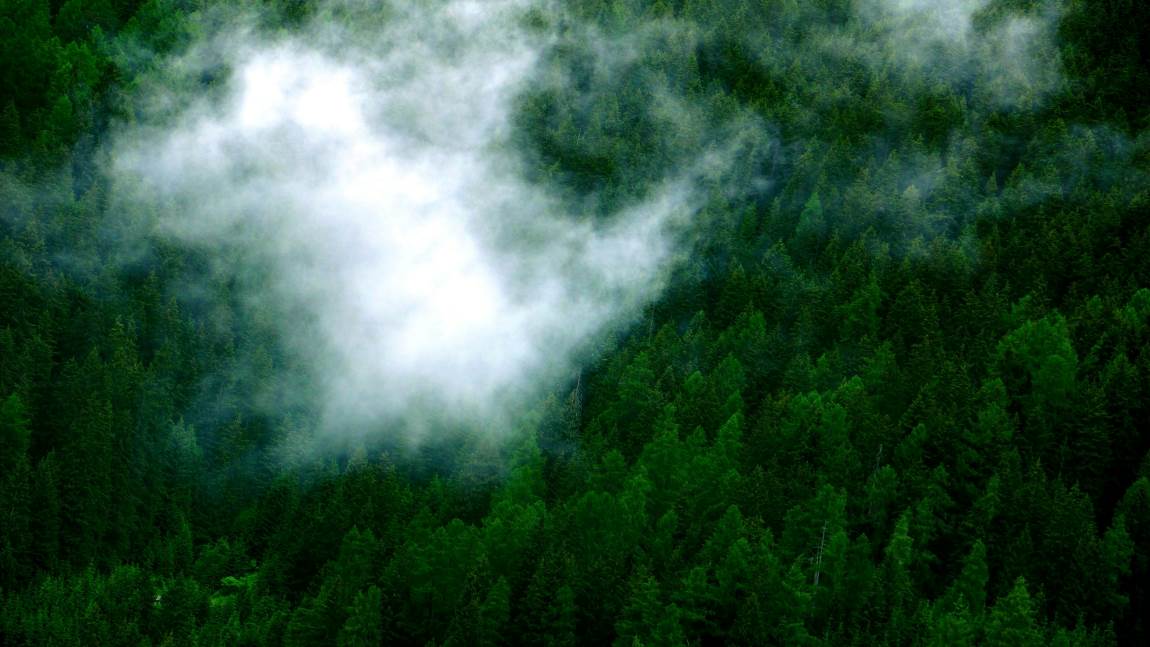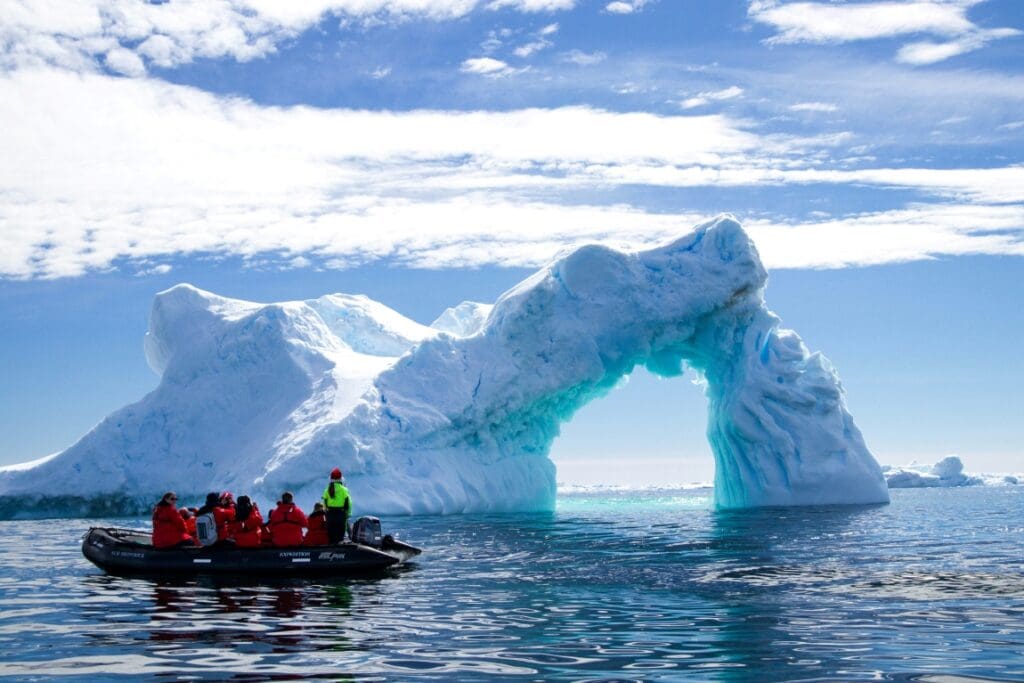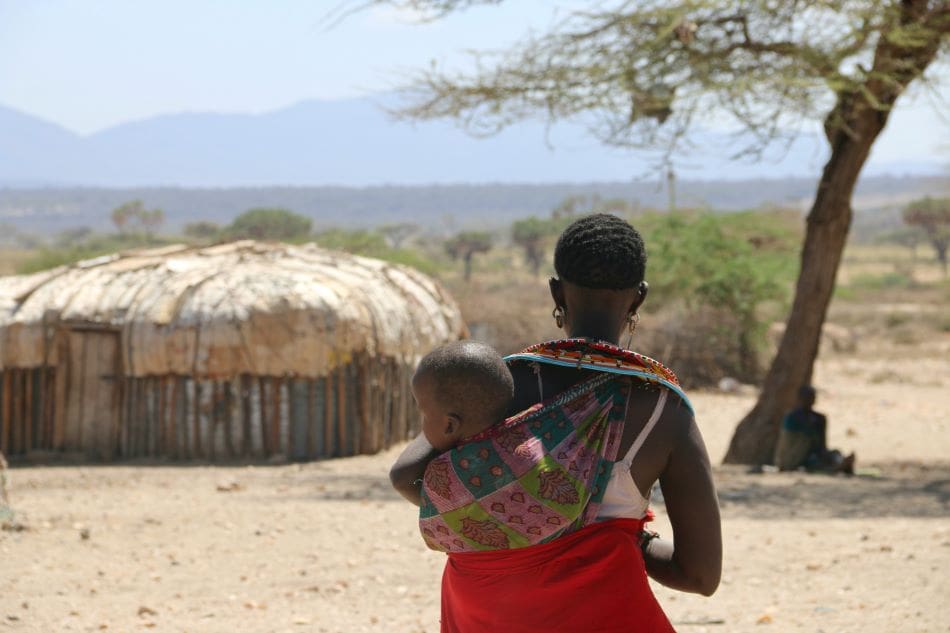Summary:
Boreal forests, also known as the taiga, are vital carbon reservoirs, but monitoring their health has long been a challenge due to the difficulty of distinguishing coniferous forests from other vegetation types in satellite imagery.
A new study, published in npj Natural Hazards, introduces the “needleleaf index,” a novel spectral tool that enhances the accuracy of coniferous forest mapping using Landsat satellite data. Researchers analyzed over 24,000 images to track forest area fluctuations over nearly four decades. Their findings show that North America’s coniferous forest cover increased by 5.62% between 2018 and 2023 compared to the 1984–1991 period but has declined by 4.85% since its peak in 1992–2001. Additionally, 25% of the total coniferous forest area burned in the past two decades was lost in 2023’s wildfires.
The needleleaf index provides a high-resolution method to assess boreal forest health, offering valuable insights for conservation and climate adaptation efforts.
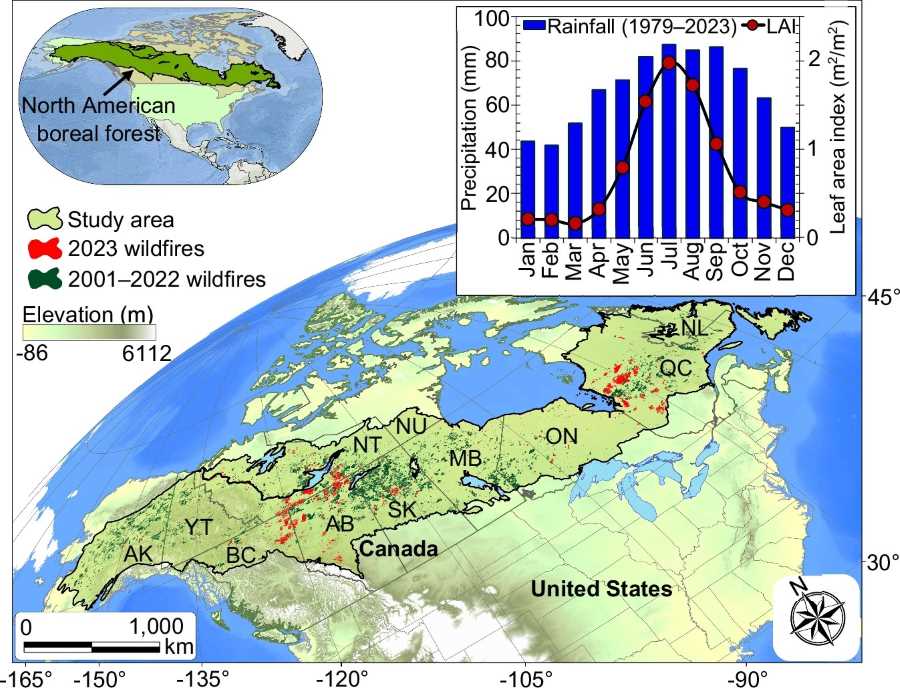
Taking taiga’s temperature
A new study has introduced a powerful tool for analyzing satellite imagery of boreal forests (also known as “taiga” in North America), offering unprecedented insights into the health and dynamics of these crucial ecosystems.
The research, conducted by Afshin Amiri, Keyvan Soltani, and Silvio Jose Gumiere, scientists in the Department of Soils and Agri-Food Engineering at Université Laval, was led and supervised by Hossein Bonakdari, an Associate Professor at uOttawa’s Faculty of Engineering, introduced the “needleleaf index” (NI), a novel spectral index designed to extract coniferous forest areas from Landsat satellite imagery with remarkable precision.
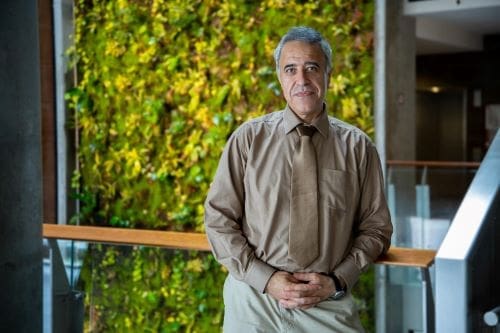
“Every object emits a spectral signature or a unique pattern of electromagnetic radiation that reveals its composition, be it vegetation, mineral, or human-made structures. By leveraging the unique spectral signatures of coniferous trees, we can now track changes in these ecosystems with unprecedented accuracy and detail,” explains professor Bonakdari.
Innovative Methodology
The needleleaf index utilizes specific infrared bands from Landsat satellites, allowing researchers to distinguish coniferous forests from other vegetation types with high accuracy. This approach overcomes previous challenges in separating the spectral signatures of different forest types.
“By focusing on the unique reflectance patterns of coniferous trees in the infrared spectrum, we’ve developed a method that can reliably map these forests at a 30-meter resolution,” continues professor Bonakdari. “This level of detail is essential for understanding the fine-scale dynamics of boreal ecosystems.”
Key Findings
The study, which analyzed over 24,000 Landsat images spanning nearly four decades, revealed several critical insights:
- Forest Area Fluctuations: The coniferous forest area in North America increased by 5.62% between 2018-2023 compared to 1984-1991. However, it decreased by 4.85% from its peak in 1992-2001.
- Impact of Wildfires: 25% of the total area of coniferous forests burned over the past two decades was destroyed in the 2023 wildfires.
- Regional Variations: While some regions like Yukon, British Columbia, and Alberta saw increases in coniferous forest areas, others such as Saskatchewan, Quebec, and Ontario experienced declines
“The fluctuations we’ve observed in forest cover, particularly the impact of recent wildfires, underscore the vulnerability of these ecosystems to climate change,” concludes Bonakdari. “Our needleleaf index provides a crucial tool for monitoring these changes and informing conservation efforts.”
As boreal forests play a crucial role in global carbon storage and climate regulation, the ability to accurately monitor their extent and health is vital for developing effective environmental policies and mitigation strategies.
Journal Reference:
Amiri, A., Soltani, K., Gumiere, S.J. et al., ‘Forest fires under the lens: needleleaf index – a novel tool for satellite image analysis’, npj Natural Hazards 2, 9 (2025). DOI: 10.1038/s44304-025-00063-w
Article Source:
Press Release/Material by Bernard Rizk | University of Ottawa
Featured image credit: boris misevic | Unsplash

